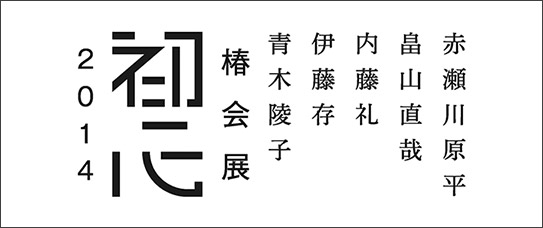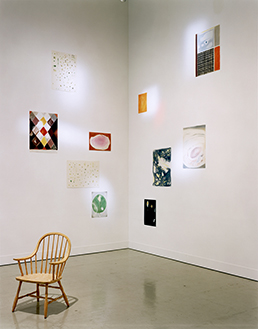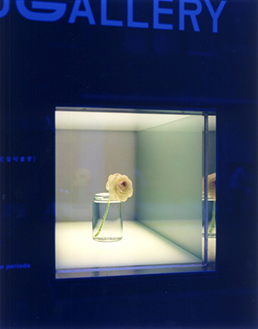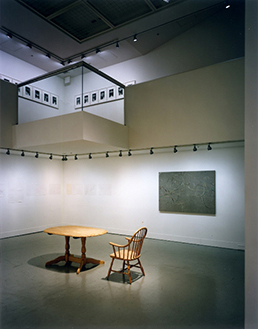The Shiseido Gallery is pleased to announce the second exhibition of the Seventh Tsubaki-kai members, Tsubaki-kai 2014 — Shoshin (beginner's mind), to run April 10th (Thu) through May 25th (Sun), 2014.
The Tsubaki-kai artists’ exhibition group was created in 1947 to mark the post-war reopening of the Shiseido Gallery. The name “Tsubaki” comes from the Japanese word for “camellia,” the flower that has long been the symbol of the Shiseido. (“Kai” means “gathering” or “circle.”) In the decades since, the Tsubaki-kai exhibitions have become one of the Gallery’s most popular and representative activities.
The Seventh Tsubaki-kai started last year with the member, Genpei Akasegawa, Naoya Hatakeyama, Rei Naito, Zon Ito, and Ryoko Aoki.
The exhibition subtitle, “Shoshin,” is a theme pursued by the artists of the Seventh Tsubaki-kai. According to the New Shinmeikai Kokugo Jiten (Sanseido), the phrase “beginner's mind” (“shoshin” in Japanese) refers to that purity of thought and feeling occurring when one first sets out to do something new. The arts-wise 14th century Noh actor and playwright Zeami explained the expression “keep a beginner's mind” as maintaining, throughout all the stages of life, that same spirit of challenge first experienced when first taking up a new endeavor. In the wake of such an unexpected disaster as the earthquake on March 11th in 2011, the process of picking up the pieces and moving forward has furnished these new Tsubaki-kai members with an opportunity to reconsider questions like what a beginner's mind means, and what their reasons have been for creating things, and this mutual awareness among all of the members led them to select this as the theme for their coming exhibitions.
In this exhibition, each artist will be addressing this theme of the beginner's mind, creating and displaying works offering their artistic responses to it. We hope you will look forward to this year's Tsubaki-ai Exhibition



